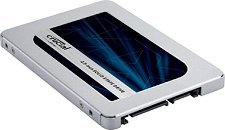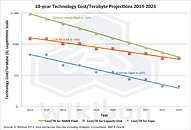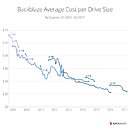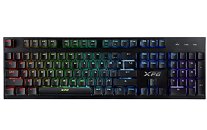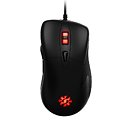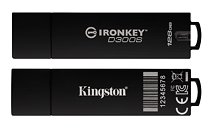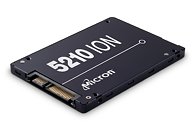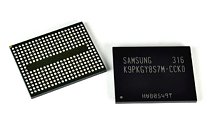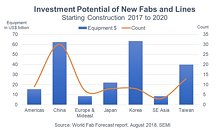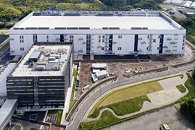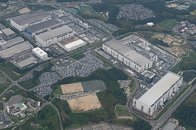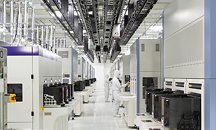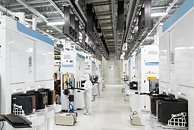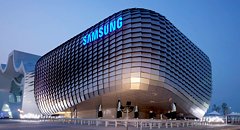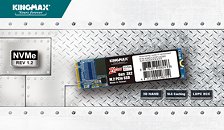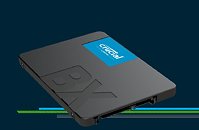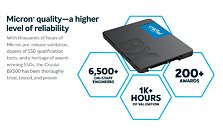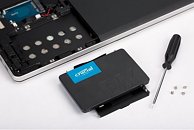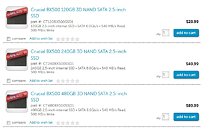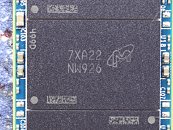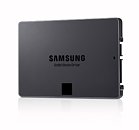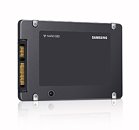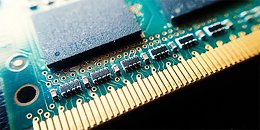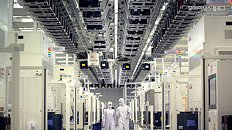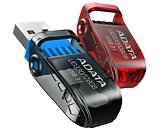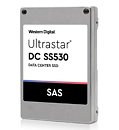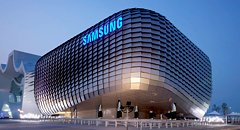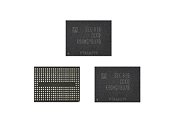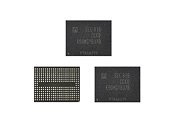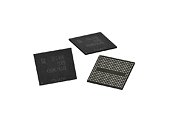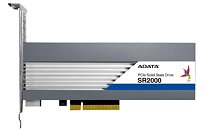
ADATA Launches XPG microSDXC UHS-I U3 Class 10 Cards
ADATA Technology, a leading manufacturer of high-performance DRAM modules, NAND Flash products, and mobile accessories today announces the launch of its XPG microSDXC UHS-I U3 Class 10 cards. Made for those who live and breathe portable gaming, these Application Performance Class 1 (A1) cards sport read of up to 100MB/s and write of up to 85MB/s, providing users instant gratification with fast access to their games.
Great for All Types of Portable Gaming
With read speeds of up to 100MB/s and write speeds of up to 85MB/s, users will revel in the ability to download, install and start up games quickly. In addition to portable gaming devices like the Nintendo Switch , XPG microSDXC UHS-I cards also help speed things up on smartphones, tablets, and VR devices. 128GB, 256GB, and 512GB capacity cards are on offer to provide expanded storage space for downloadable content (DLC), downloadable games, and more.
Great for All Types of Portable Gaming
With read speeds of up to 100MB/s and write speeds of up to 85MB/s, users will revel in the ability to download, install and start up games quickly. In addition to portable gaming devices like the Nintendo Switch , XPG microSDXC UHS-I cards also help speed things up on smartphones, tablets, and VR devices. 128GB, 256GB, and 512GB capacity cards are on offer to provide expanded storage space for downloadable content (DLC), downloadable games, and more.



